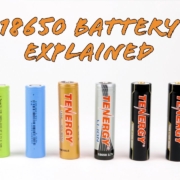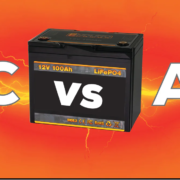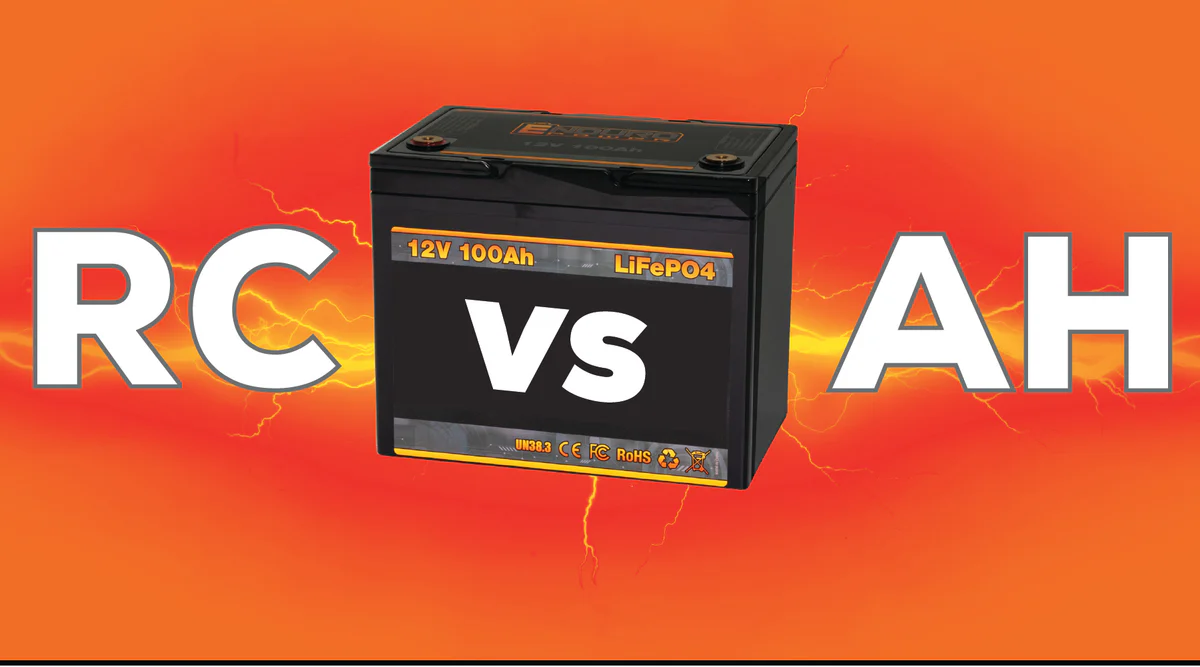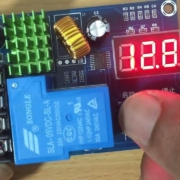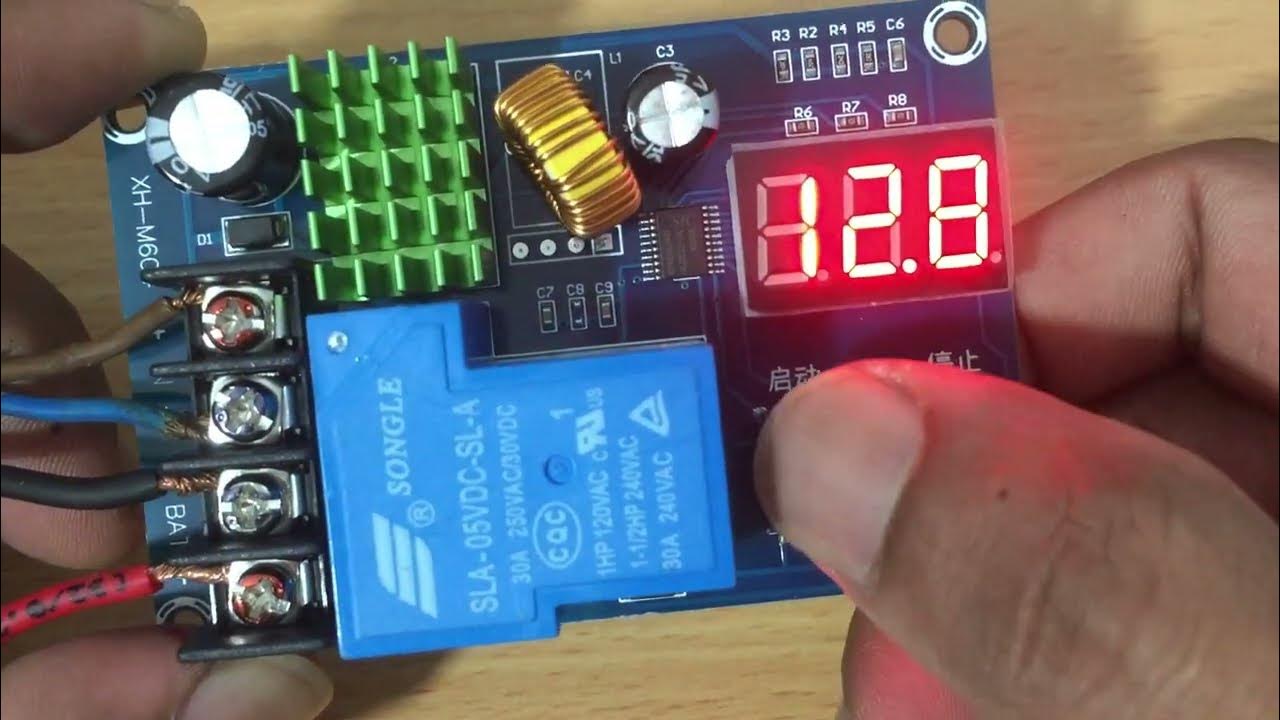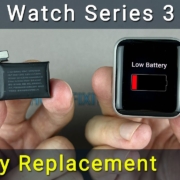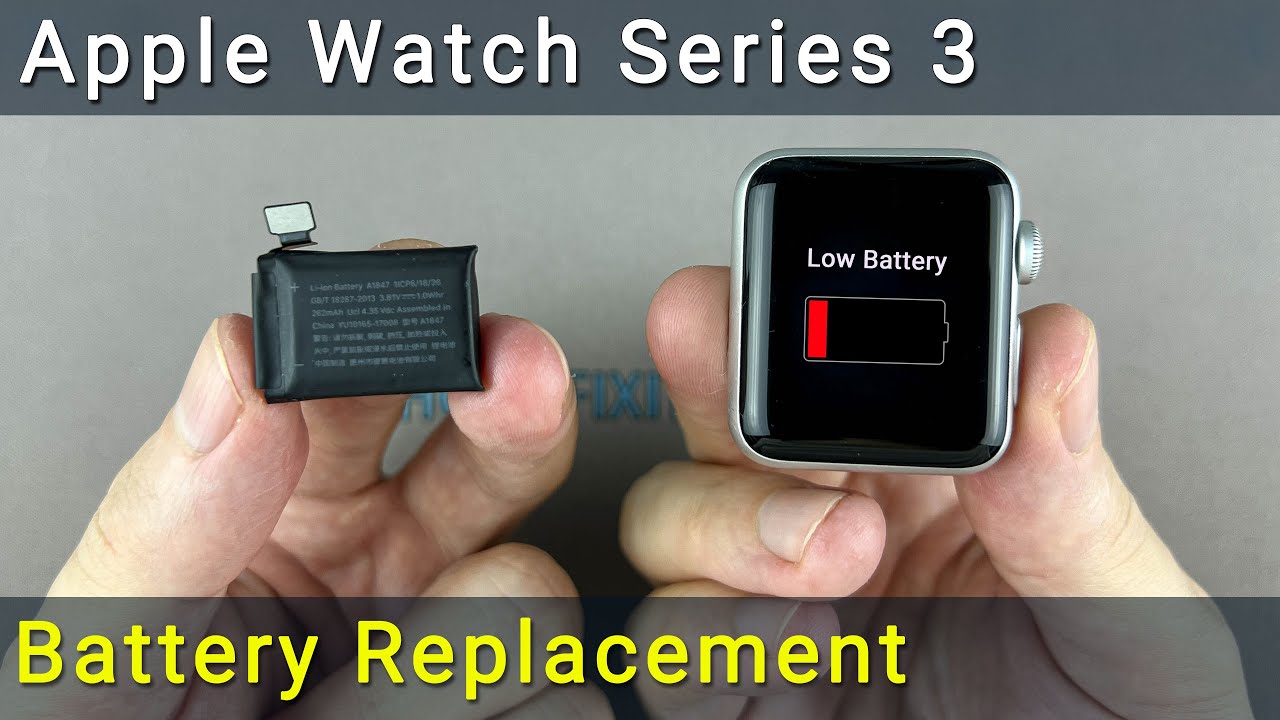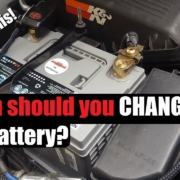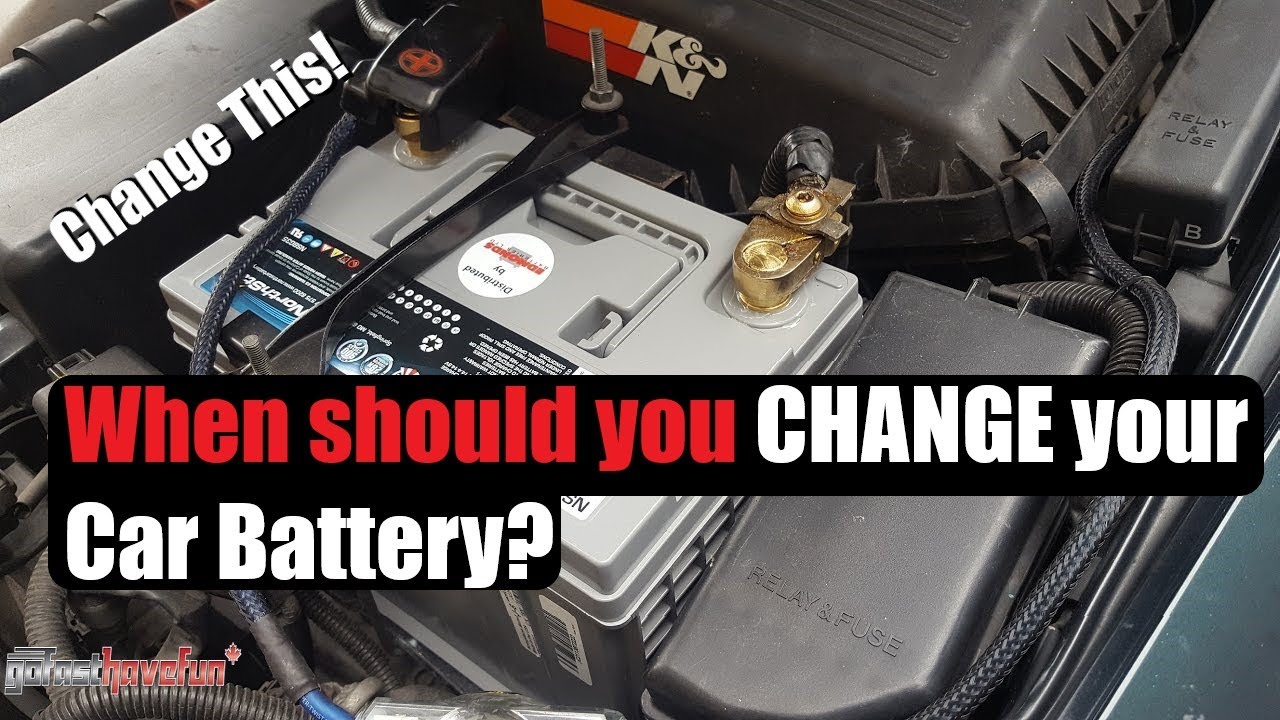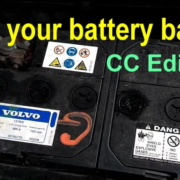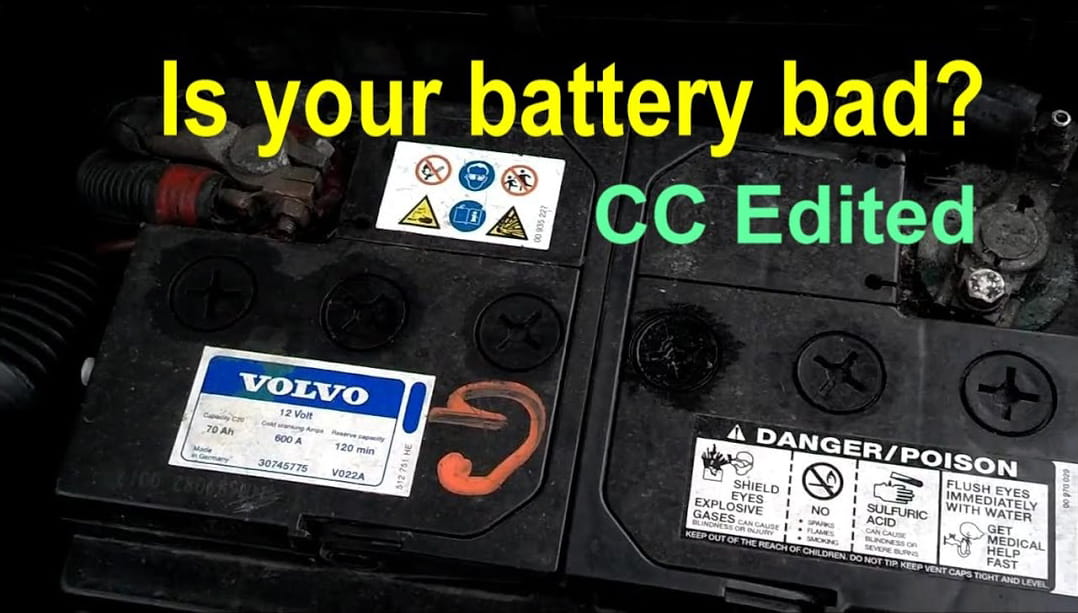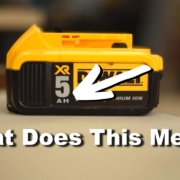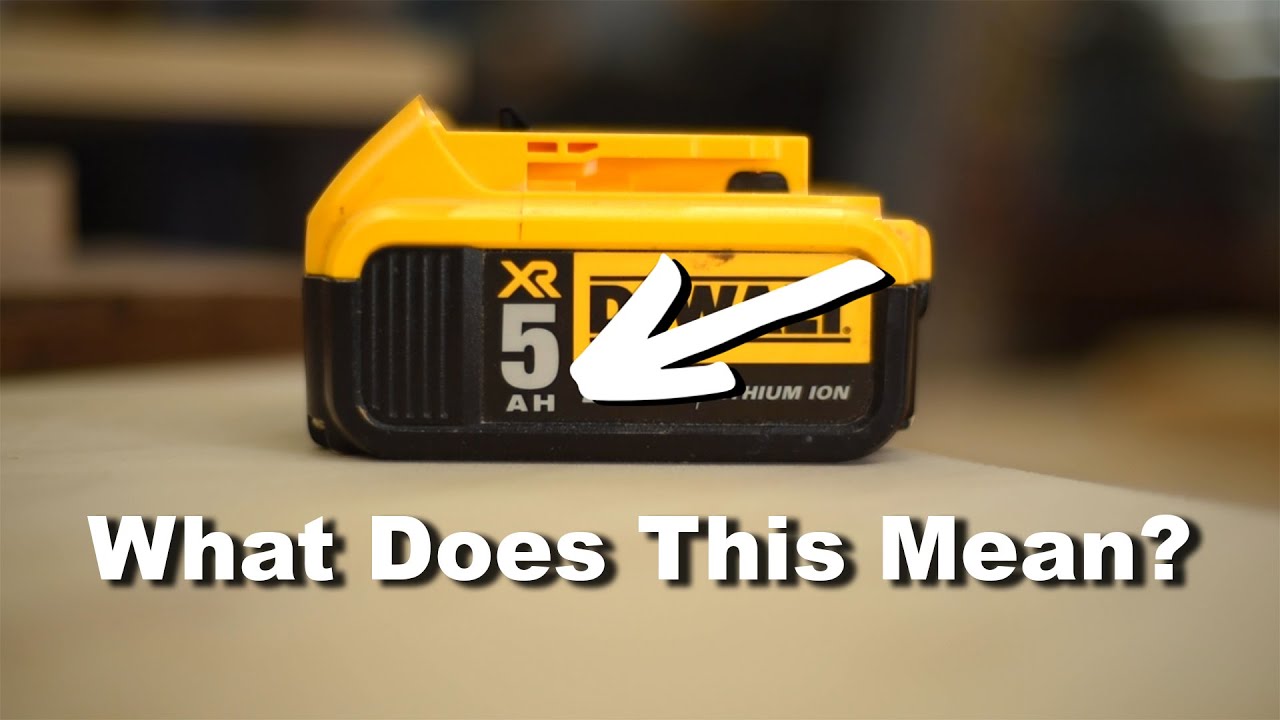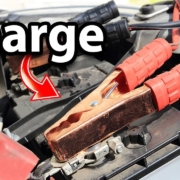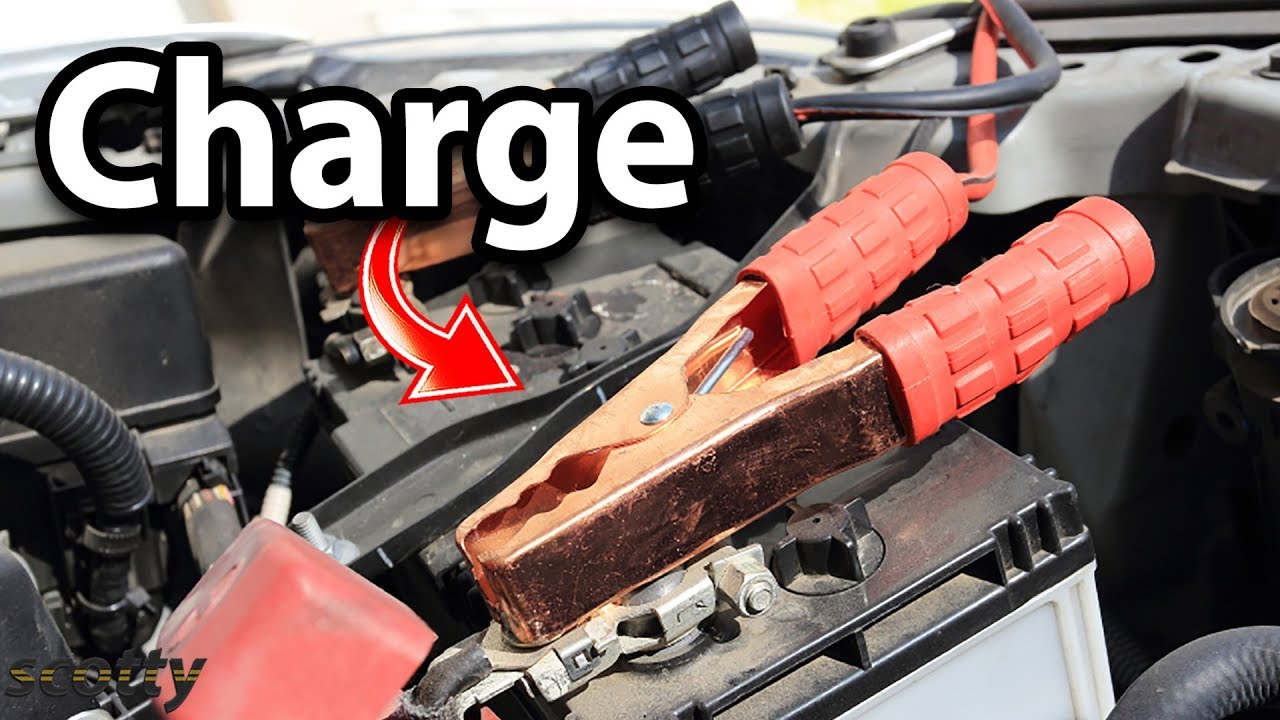Searching for the best 18650 battery in 2025 can be overwhelming. With so many options and specs to consider, how do you know which one is right for your needs? As an avid flashlight enthusiast, I’ve tested my fair share of 18650 batteries over the years.
In this ultimate guide, as a professional 18650 battery packs manufacturer, I’ll walk you through everything you need to know to find the ideal 18650 lithium-ion battery in 2025 based on performance, safety, and your specific application.
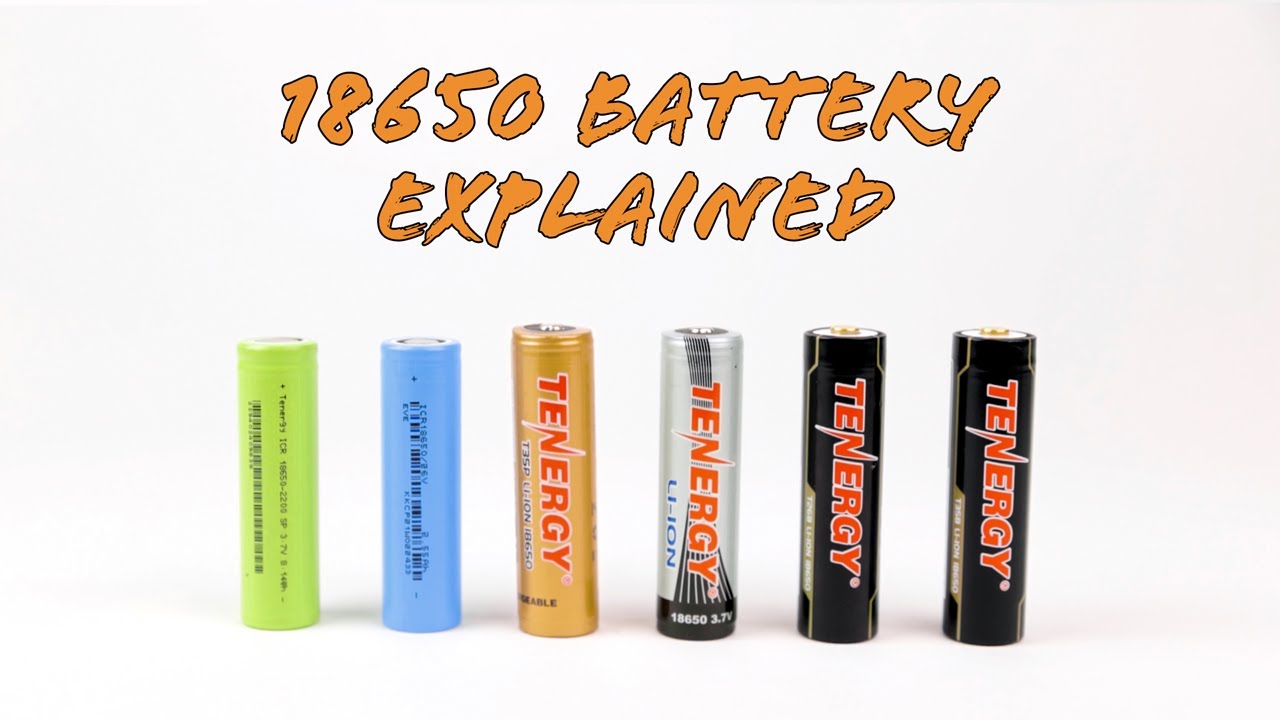
How to Choose the Best 18650 Battery
When searching for the best 18650 battery, there are three key factors to consider:
Capacity and Discharge Performance
The most important specification to look for in an 18650 battery is capacity, measured in milliampere-hours (mAh). The higher the mAh, the longer it will power your device before needing to be recharged.
However, true performance depends on the continuous discharge rate, which indicates how much current can be drawn safely over extended periods. For high-drain uses like vaping or flashlights, choose batteries with discharge ratings of 10A or higher.
Recharge Cycle Life
Most quality 18650s today offer 300 to 500 recharge cycles before significant capacity loss. Premium Japanese or Korean cells may reach 1,500 cycles. The longer a battery retains capacity, the more value you’ll get from it before needing to replace it.
Safety Certifications
Any 18650 you buy should feature key safety mechanisms like overcharge, short circuit, and thermal (heat) protection. Legitimate batteries will have safety testing certifications from organizations like UL and CE. Steer clear of no-name cells lacking independent safety verification.
Follow these guidelines and you’ll end up with reliable, long-lasting 18650 batteries for all your 2025 applications. Next, let’s explore some top recommendations in different performance tiers and form factors.
Best Protected 18650 Batteries
Protected 18650 batteries feature a small circuit board safeguarding against common issues like over-discharge, overcharging, over-current (short circuit), and overheating. Think of it like a mini safety switch regulating voltage and current.
Here are my top picks for protected 18650s in 2025:
Epoch Protected 18650 3500mAh
Offering a solid balance of high capacity and capable discharge performance, the Epoch Protected 18650 3500mAh battery stands out as my top choice for most users in 2025.
Key Specs:
- Capacity: 3500mAh
- Max. Discharge: 8A continuous
- Size: 65mm (L) x 18mm (D)
- Protections: Over-discharge, overcharge, short circuit
Boasting one of the highest capacities among protected cells, the Epoch 18650 delivers excellent runtimes for flashlight and other mid-drain uses. It recharges quickly via built-in USB-C charging and offers 300+ recharge cycles.
While not designed for ultra-high discharge devices, this battery’s ample capacity and good 8A discharge rating make it a versatile choice for flashlights, battery banks, vapes, and more in 2025.
Sony US18650VTC6 Protected
If you need more punch from a protected battery, the venerable Sony US18650VTC6 delivers a 30A max discharge in its protected version, with a tradeoff of lower 3000mAh capacity.
Key Specs:
- Capacity: 3000mAh
- Max Discharge: 20A continuous, 30A peak
- Size: 65mm (L) x 18mm (D)
- Protections: Over-discharge, overcharge, short circuit
The Sony VTC6 battery has long been a vaping staple due to its high discharge capabilities, able to handle sub-ohm rigs. This protected variant retains the impressive performance while adding a safety layer.
With 20A continuous drawing and 3000mAh capacity, it also works excellently for tactical flashlights and other devices requiring high current in short bursts.
Samsung 30Q Protected
Another long-time favorite 18650 gets a protected makeover in the Samsung 30Q. It falls between the Epoch and Sony options above, making it a balanced all-around choice.
Key Specs:
- Capacity: 3000mAh
- Max Discharge: 15A continuous
- Size: 65mm (L) x 18mm (D)
- Protections: Over-discharge, overcharge, short circuit
While its capacity trails the Epoch 3500mAh battery above, the Samsung 30Q actually measures better efficiency and voltage stability under high drain. This makes it a great fit for vapers chasing big clouds.
For portable charging, DIY battery packs, and mid-range draw devices, the 3000mAh capacity also gives decent runtimes. And at 5A+ continuous current, it can still feed most flashlights or e-cigs.
Best Unprotected 18650 Batteries
Unprotected 18650 cells lack internal safeguards, allowing manufacturers to eke out higher performance. But they become dangerous in devices without protection circuits or careful handling.
Here are my picks for the top unprotected 18650 batteries in 2025:
Samsung 30Q Unprotected
The venerable Samsung 30Q again rates as a top choice, this time in unprotected form to squeeze out a bit more power.
Key Specs:
- Capacity: 3000mAh
- Discharge: 15A continuous, 20A pulse
- Size: 65mm (L) x 18mm (D)
Lacking redundant safeguards lets this Samsung cell run efficiently, with superior capacity retention and voltage regulation compared to other 15A+ batteries I’ve tested.
Caution: This battery requires an external protection circuit when used outside battery packs. Always use caution and check specs when applying unprotected cells.
Sony VTC6 Unprotected
With its high 30A discharge limit, the unprotected Sony VTC6 reigns supreme for hardcore vaping and other ultra-high drain uses. Just be careful!
Key Specs:
- Capacity: 3000mAh
- Discharge: 30A continuous
- Size: 65mm (L) x 18mm (D)
The VTC6 cuts no corners in pursuit of maximum power delivery, evidenced by truly monstrous coils this battery can drive. Again, applying safety measures is a must with this beast.
Downsides are poorer efficiency and capacity loss compared to the 15A Samsung above. But for pure current capability, Sony packs a knockout punch here in 2025.
Sanyo NCR18650GA
If you want to maximize runtime over sheer power, the impressive Sanyo NCR18650GA delivers a class-leading 3500mAh capacity.
Key Specs:
- Capacity: 3500mAh
- Discharge: 10A continuous
- Size: 65mm (L) x 18mm (D)
While only supporting 10A continuous discharge, this Panasonic-made cell runs efficiently, retaining higher capacity as the voltage drops.
The NCR18650GA works well in multi-cell applications like battery banks and packs, allowing safe harvesting of that big 3500mAh capacity. Just mind external protections when charging or discharging.
Best 18650 Battery Chargers
To get the most lifespan from your lithium-ion batteries, using a dedicated smart charger is highly advisable over charging via USB or in-device.
Here are my top 18650 battery charger picks for 2025:
Xtar VC4S
My favorite multi-cell lithium-ion charger for 2025 is the Xtar VC4S, balancing high charging speed with advanced functionality and displays.
Capable of charging four cells simultaneously at 1A, 2A, or 3A rates (with independent bay monitoring), this versatile charger auto-detects battery chemistry and status for optimal charging.
Its informative LED display reports real-time voltage, charging mode/speed, and internal resistance for each cell. Very useful!
At a reasonable price point, the VC4S packs tremendous value on features, compared to a basic charger. From 18650s to 21700s, this charger has all sizes covered with adjustable contacts.
Liitokala Lii-500
Offering similar capabilities in a more portable form factor, the Liitokala Lii-500 makes an excellent travel companion for 18650 charging on the go.
Like the Xtar above, this charger auto-adjusts charging speed and cutoff voltages depending on the detected battery type. Its single bay charges at 0.5A, 1A, or 2A rates.
Five battery profile preset slots allow customizing charge modes for the batteries you own most. And swapping cells is easy with spring-loaded contacts securing various widths.
For hobbyists or travelers needing to top up 18650 and other lithium batteries day-to-day, the Lii-500 is a handy pickup for 2025.
Wrapping Up
Finding the best 18650 lithium-ion battery for your needs requires carefully weighing capacities, discharge capabilities, and safety precautions.
I hope this guide steered you towards some stellar options meeting your runtime, power, and budget needs in 2025 and beyond!
Stay safe and let the good times roll, my battery friend! As always, hit me up with any questions in the comments below.
P.S. Once you settle on an 18650 model you like, consider picking up a multi-pack for the price savings per cell. Happy bargain hunting!



